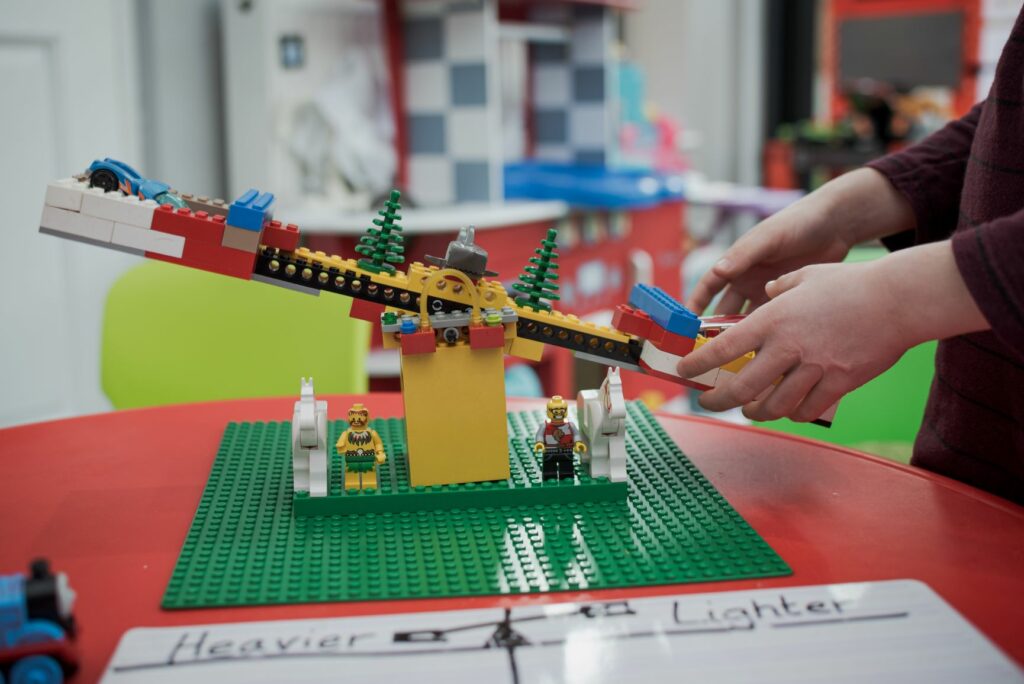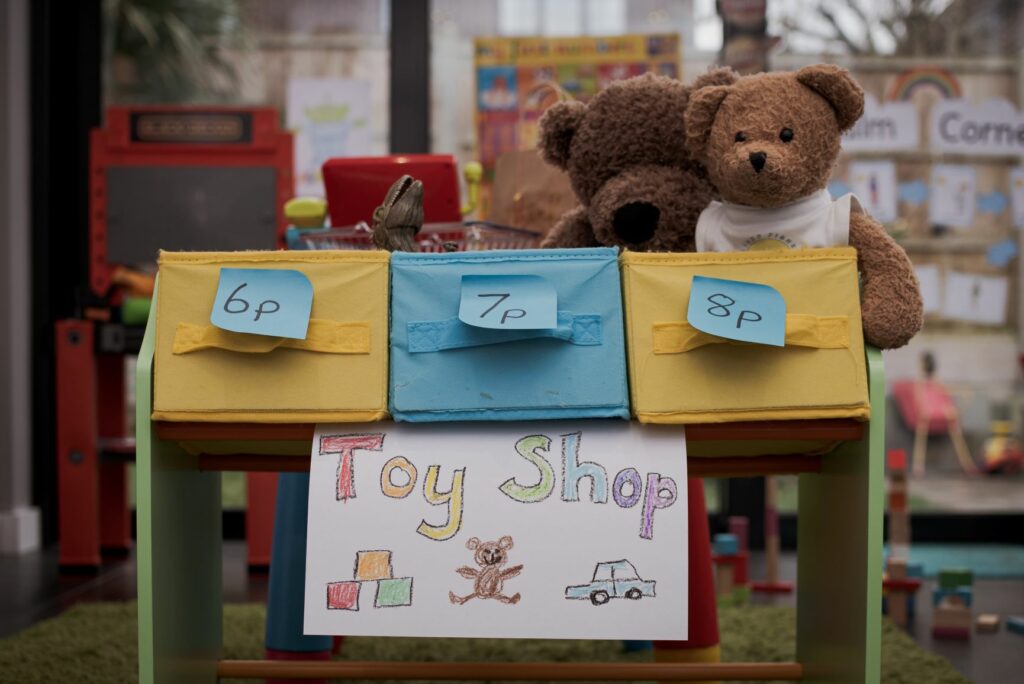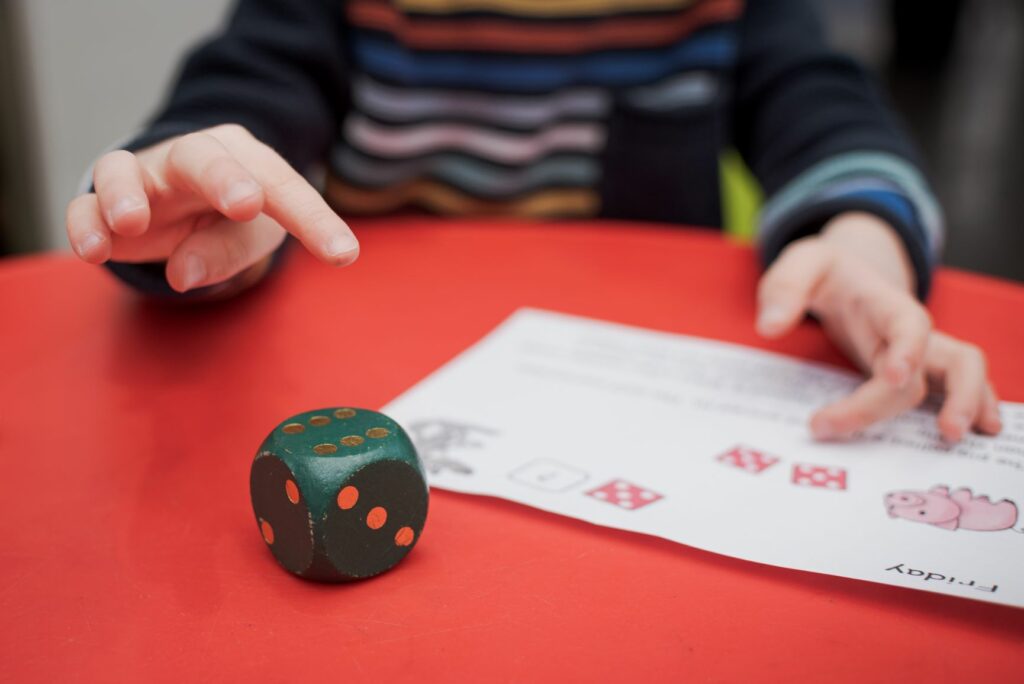Home Learning Reflections
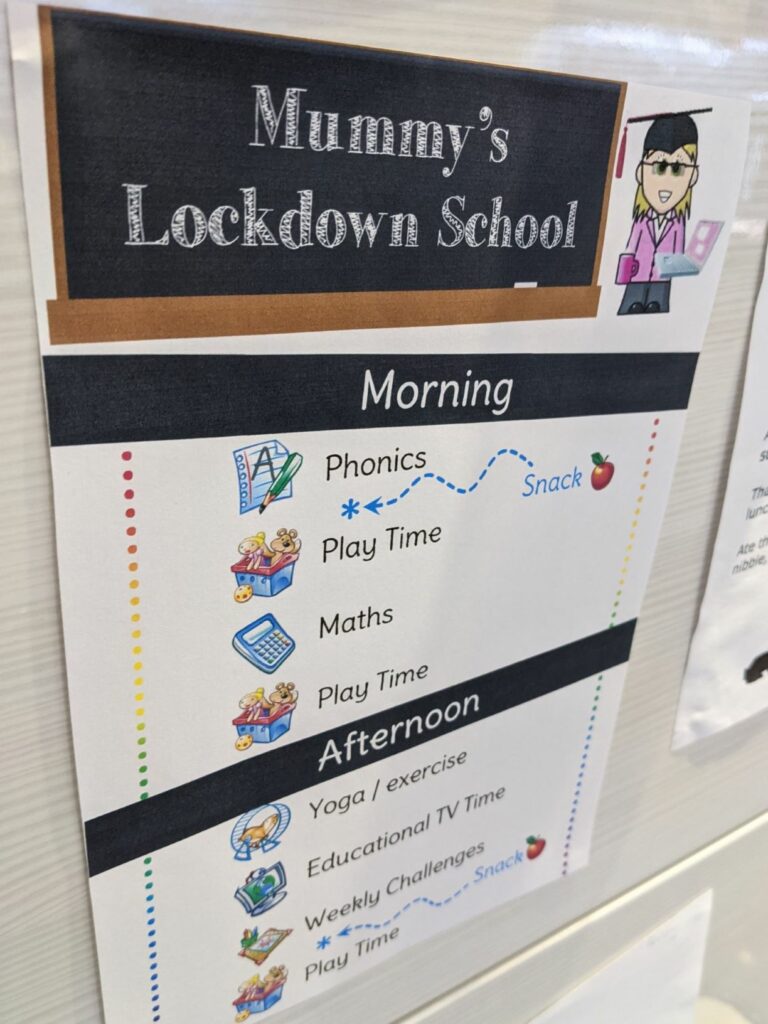
So, having been out of the classroom environment for five and a bit years this blog has been pretty quiet, in short I have been having some time out raising a family since my maternity leave started abruptly in 2015. My oldest son started school in September and I’ve experienced home learning for the first time this year during a nationwide lockdown. I’ve been keen to start blogging again so I thought I’d share some reflections on this time. For the most-part I have really enjoyed playing the role of teacher again during “Mummy School”, and although we were given set tasks to choose from I also took the opportunity to throw in some Computing and IT activities along the way too. A few weeks in we bought a Kindle Fire tablet and found some fun and educational apps that support learning. The app I found most interesting was Scratch Junior which is a stripped down version of Scratch made for younger children (non-readers), both my boys absolutely love this and request to use it often (more than games). My three-year-old focusses mostly on the graphical aspects, changing colours and features of the pre-built characters and scenes whereas my five-year-old likes to make things happen using code blocks.
IT Skills at Home
It was fun to introduce some IT skills during this time with a much younger audience than I’ve experienced previously (I’ve honestly never seen anyone get so excited about seeing their work appearing on paper coming out of the printer!). Using the computer my son really enjoyed using Paint to do some basic drawing and we worked together to do some video editing with Henry choosing title sequences and music to present an interview he did with a neonatal nurse. He also created an information poster about owls using Publisher which provided an opportunity to discuss reliable information online and introduced some basic typing skills, he did struggle a little when the capital letters on my keyboard didn’t match his knowledge of what the letters should look like, but persevered and used a word mat as an aid to find the letters.
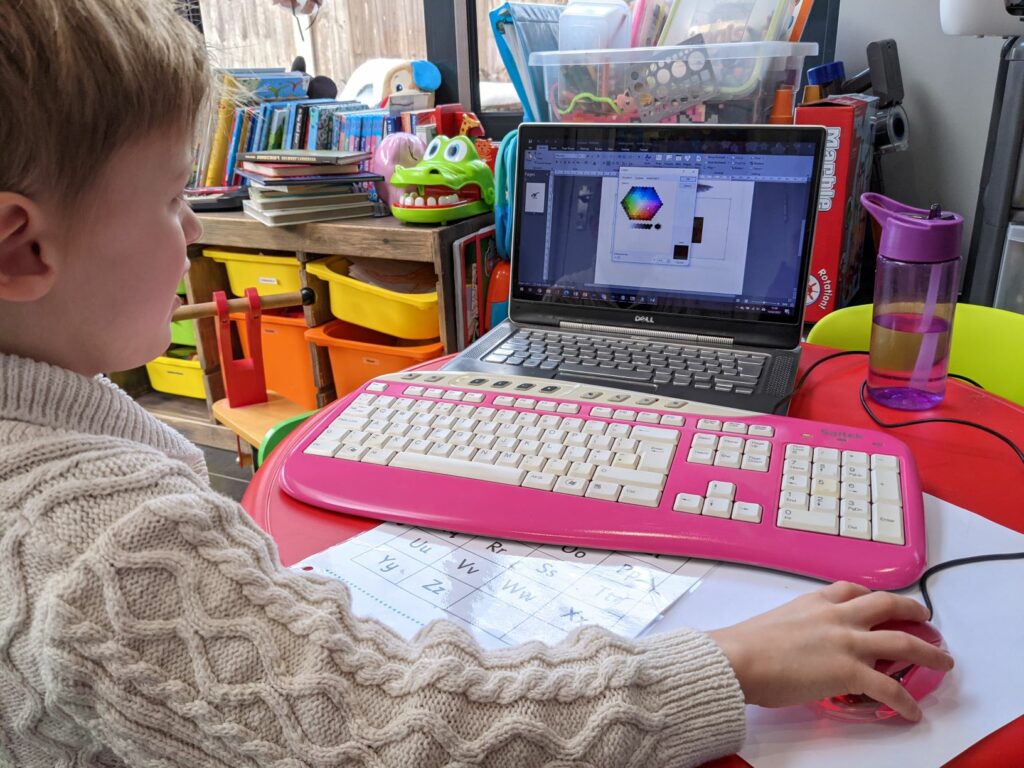
Learning Through Play
One thing that struck me with home-schooling a child of reception age is how EYFS children are taught, many of the set tasks were very practical and the maths in particular was largely play based with learners using various items and toys to represent and explore mathematical concepts.
Having so much independent play time makes a huge difference in helping children fully learn a new skill, this has been obvious when watching my son learn, at this age we expect children to learn predominantly through play, exploring and really embedding knowledge but somewhere between this stage and by the time I would see them in secondary school there is no longer time for play (or very little at least). Typically we deliver the topic then move on every lesson because we have so much to cover in such a short space of time. In terms of mastery of the topic, particularly programming, it was something time just did not allow from my secondary perspective. Building and mastering skills was always something I found frustratingly difficult in the KS3 curriculum as having a week in between lessons left a lot of time for some of the learning to be forgotten leaving me frustrated when my students struggled to recall prior knowledge. In the primary sector mastery of the basics is obvious especially with maths and phonics and it is rightly repetitive, slowly building on previous skills. Examples of some of our play-based maths tasks include measuring with building blocks, weighing with home-made (Lego) balance scales, counting with toys, playing dominoes and dice games and playing shops to name a few. Almost every maths task has involved some form of play element and his progress and knowledge is very apparent as a result. We’ve been following the White Rose Maths resources and the pace and content has been spot on.
As I mentioned earlier I’ve been teaching my son some simple programming skills using Scratch Junior in a similar way, I show him something and he plays with it, makes mistakes, fixes them and when he’s ready to move on I then introduce the next idea or concept but the key thing is he gets to play and explore with each new concept in a similar way to his maths lessons, if only we had time for this much play time in the classroom! So far, in Scratch Junior, he knows how to record voices and sounds for his characters, move items around, repeat actions using loops and grow and shrink sprites. Each week during home learning the children were given a poem to focus on and we tried to present this in a different way each time. One week my son chose to use Scratch Junior for this task when given a poem called Furry, Furry Squirrel, using this he was able to record his voice reciting the poem, draw a squirrel sprite and make it move in relation to the words in the poem with very minimal help from me! In fact, he is already reaching some limitations of the Junior version that are available in the regular version but of course this does require a child to be able to read so provides less opportunity for working independently. (However it has provided some motivation for learning phonics, recognising that the more he can read the more advanced things he can do!)
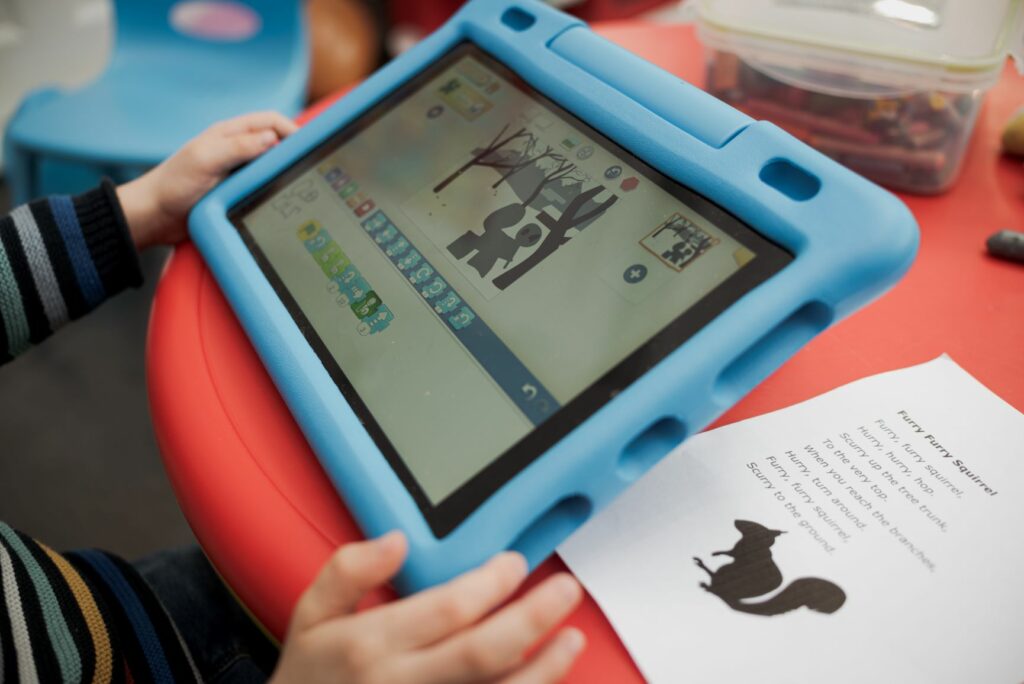
Seeing his development in such a short space of time really highlighted to me that in an ideal world programming skills should be taught in the same way in the classroom and was something I tried to embed into my schemes of work (to a certain extent) and is definitely something I always embedded during staff training sessions; introduce a topic then let the learners play with it until they are confident; much the same as we allow five year olds to play with building blocks to fully understand counting and how combining two groups of 5 blocks make ten and so on (and they practice and build on these skills everyday.)
I’ll just point out at this stage that this kind of mastery within the algorithms aspect of Computing doesn’t need to be taught within a strict computing environment but rather by just the use of our language with children to introduce the basic four concepts:
- Making things happen (giving general instructions)
- Making decisions (if . . . then . . . else . . .)
- Repeating things (loops)
- Remembering things (storing variables)
All of these can be demonstrated through role play almost daily, something I have been trying to include at home now I’ve thought about it as I know my son will be starting Computing formerly next year and would like to give him a head-start as he already has an interest in the subject. We’ve started playing role-playing boardgames at home too which naturally include all of these concepts without the use of a screen, I’ll talk more about this in a later post and share some of the resources we’ve made.

